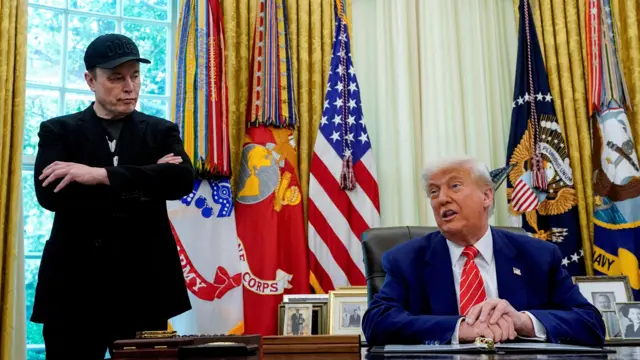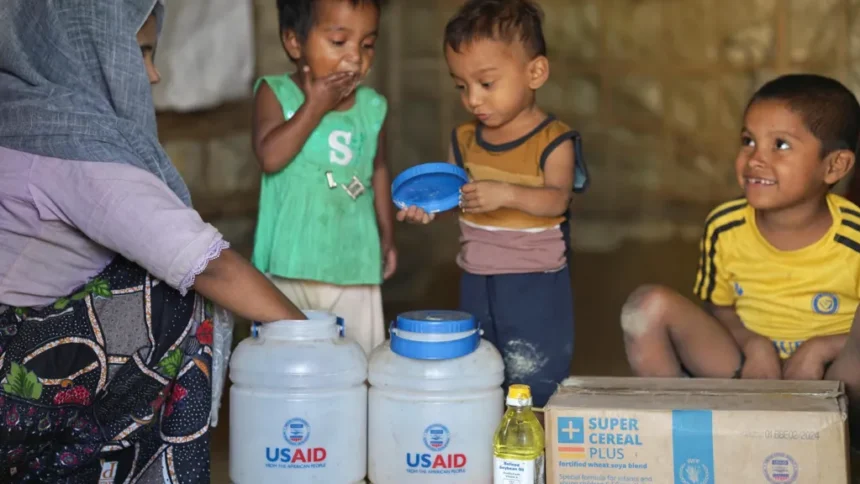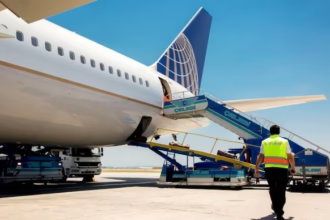A new report published in The Lancet medical journal has sounded the alarm on the devastating impact of US foreign aid cuts under President Donald Trump Trump USAID cuts. According to the study, more than 14 million people could die prematurely by 2030 as a direct result of these funding reductions—including over 4.5 million children under five.

Since the start of his second term, Trump has slashed more than 80% of programs run by the US Agency for International Development (USAID), per comments made by US Secretary of State Marco Rubio in March. The policy shift, part of Trump’s continued “America First” doctrine, is being implemented under the direction of billionaire Elon Musk, who is leading federal downsizing efforts.
Global Health Crisis in the Making
Lead researcher Davide Rasella of the Barcelona Institute for Global Health described the projected health fallout as “comparable to a pandemic or major armed conflict.” The report’s findings are particularly alarming for low- and middle-income countries, where USAID has historically played a critical role in healthcare delivery and disease prevention Trump USAID cuts.

Between 2001 and 2021, USAID programs were estimated to have prevented over 90 million deaths. However, with an 83% reduction in aid assumed in the Lancet’s model, the world is now facing a “staggering setback” in global health development.
Worldwide Repercussions
The United States remains the largest donor of humanitarian assistance globally, having contributed $68 billion in international aid in 2023. Yet the cuts have triggered a ripple effect. Nations including the UK, France, and Germany have since scaled back their own contributions, compounding what the United Nations has described as the “deepest funding crisis” in humanitarian history Trump USAID cuts.
UN officials on the ground report deteriorating conditions, with refugee camps in Kenya and Bangladesh facing historic shortages. At Kakuma Hospital in Kenya, a BBC reporter witnessed cases of severe child malnutrition due to reduced food rations stemming from the US pullback.

Global Outcry and Political Response
Despite global condemnation, the Trump administration has defended the cuts as part of a broader effort to make aid more efficient. Rubio stated in March that 1,000 USAID programs would now be run under the US State Department with “greater oversight.”
However, researchers and humanitarian groups have challenged this claim. “This is not just a budgeting issue,” Rasella said. “This is about choosing whether millions live or die.”
UN Summit in Seville Overshadowed by US Absence
The report was published during a major UN-led humanitarian summit in Seville, Spain—the largest of its kind in a decade. The United States notably did not attend the event, further deepening concerns about its withdrawal from global leadership on aid and development.
“What we are witnessing is a systematic unraveling of decades of progress,” said a spokesperson from Oxfam, one of many NGOs calling for international coordination to fill the void left by the US.
Explore more on global humanitarian challenges.

Conclusion: Lives in the Balance
The implications of the USAID cuts are stark. With 14 million projected deaths, this could become one of the deadliest non-violent policy decisions of the 21st century. While debate continues over the best ways to manage foreign aid, the real cost may be measured in human lives—many of them children who will never have the chance to grow up.









